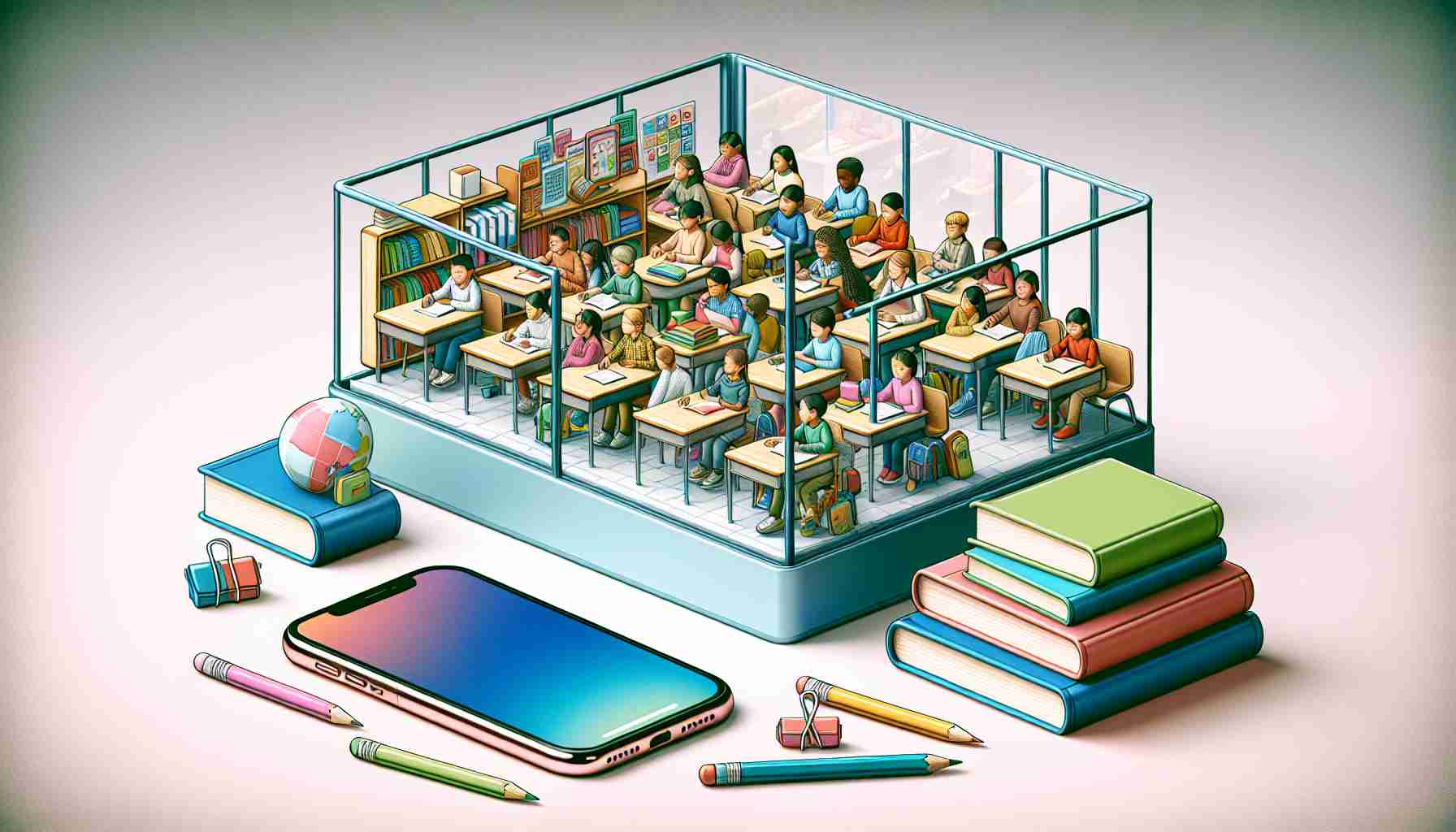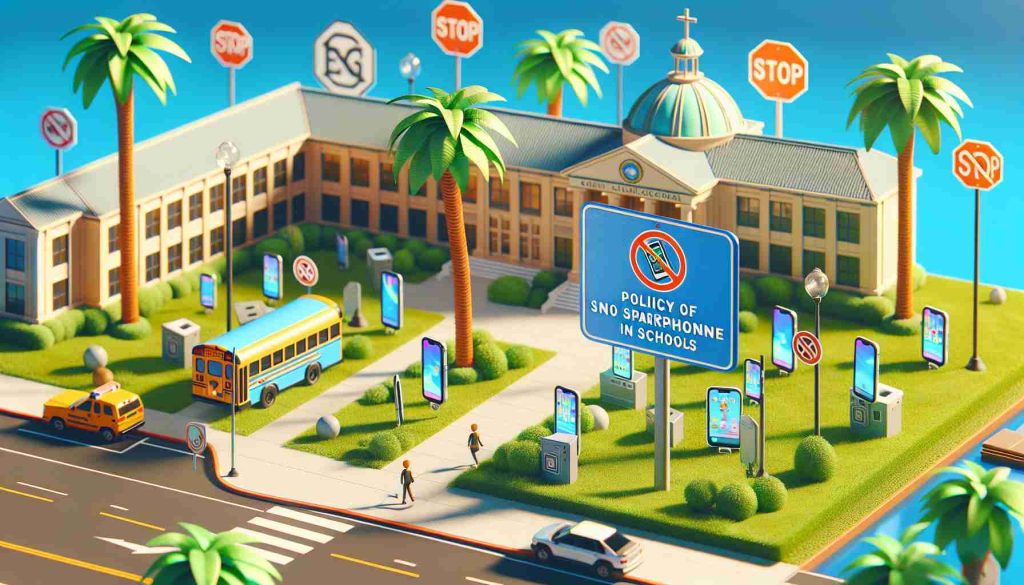In a move designed to decrease the reliance on smartphones among students, California has introduced a new regulation that will restrict their phone usage during school hours. Governor Gavin Newsom signed this significant piece of legislation on August 26, 2024, which will become effective by July 2026. Known as the Phone-Free School Act, this law positions California alongside four other states that have implemented similar rules aimed at youth.
Newsom highlighted the alarming rise in mental health issues linked to excessive smartphone use and emphasized the necessity of concentrating on education and interpersonal skills without the distraction of screens. Under the new legislation, students will retain the ability to access their phones during emergencies or when granted permission by educators or health officials. Furthermore, provisions will be made for students with special educational needs that require phone access.
The new mandate has sparked varied responses across school districts in California. For instance, some districts have embraced the initiative, citing significant distractions reported by teachers, while others argue that smartphones are integral to family communication and learning. The legislation will involve consultations with community stakeholders to address specific local needs and preferences, signaling a collaborative approach to implementation.
Support groups for the initiative, including the California Teachers Association, believe this law is a critical step towards improving student mental health and enhancing educational outcomes.
California Mandates Smartphone Restrictions in Schools: A Comprehensive Overview
In a groundbreaking move, California has enacted a law that imposes restrictions on smartphone use in schools, addressing growing concerns over technology’s impact on student well-being and academic performance. The Phone-Free School Act, signed into law by Governor Gavin Newsom on August 26, 2024, aims to foster an educational environment with reduced distractions and enhanced focus. Effective from July 2026, this initiative has reignited a nationwide conversation on the role of technology in education.
Key Questions and Answers
1. What are the core provisions of the Phone-Free School Act?
The legislation prohibits the use of smartphones during school hours, with exceptions for emergencies and when permission is granted by educators. Additionally, students with special educational needs will have provisions to access their devices as necessary.
2. What motivated this legislation?
The law is largely motivated by alarming trends in mental health issues among students, which have been linked to excessive smartphone usage. Governor Newsom emphasized the need to refocus on educational goals and face-to-face interactions.
3. How are school districts responding to this change?
Responses have varied significantly across California, with some districts supportive, citing concerns over distraction and disorder in classrooms. Others defend smartphone usage as essential for communication with families and potential learning tools.
Key Challenges and Controversies
Implementing the Phone-Free School Act presents several challenges. A major controversy is the balance between restricting smartphone use and recognizing their role as essential communication tools for students. Critics argue that banning smartphones could hinder students’ ability to stay connected with their parents during emergencies or vital situations.
Furthermore, there are concerns about enforcement mechanisms within schools. Teachers may face difficulties in consistently applying the rules, potentially leading to a disparity in how technology is managed across different classrooms and districts.
Advantages and Disadvantages
Advantages:
– Improved Focus: By limiting smartphone access, students may exhibit improved concentration on studies and classroom activities.
– Mental Health Benefits: Reducing screen time may alleviate anxiety and stress associated with social media pressures and cyberbullying.
– Enhanced Social Skills: The regulation encourages face-to-face interactions, promoting the development of interpersonal skills crucial for personal and professional success.
Disadvantages:
– Communication Barriers: The restrictions may limit students’ ability to communicate with their families, particularly in emergencies.
– Adaptation Issues: Students accustomed to using smartphones as learning tools may struggle to transition to a phone-free environment, potentially affecting tech literacy in a digital age.
– Resource Disparities: Not all students may have access to other necessary resources, such as computers or tablets, resulting in inequities in learning opportunities.
Conclusion
California’s Phone-Free School Act represents a significant attempt to address the pervasive issue of smartphone distraction among students. While it offers potential benefits in mental health and academic focus, it also presents challenges related to communication and technology use. Balancing these factors will be key to the law’s success as implementation progresses.
For further information and updates regarding technology in education, please visit California Department of Education.























